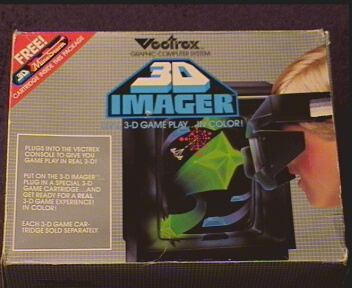grandmaster
Veteran
I read an interesting article about SkyHD running tests on 3D content:
http://news.bbc.co.uk/1/hi/technology/7788582.stm
We've already seen Namco produce a 3D version of Ridge Racer 7 - there's a report on it here.
I may be wrong, but this should be relatively easy to implement and if TV programming follows suit, it could be seen as a logical progression.
A gimmick perhaps, but then people said the same about the Wii controls...
http://news.bbc.co.uk/1/hi/technology/7788582.stm
We've already seen Namco produce a 3D version of Ridge Racer 7 - there's a report on it here.
I may be wrong, but this should be relatively easy to implement and if TV programming follows suit, it could be seen as a logical progression.
A gimmick perhaps, but then people said the same about the Wii controls...

